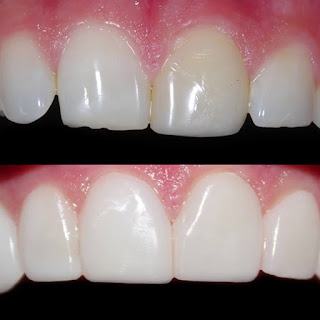A natural tooth works better than anything else. Keeping your teeth healthy for a long time can be accomplished with regular brushing and flossing as well as a visit to the dentist. However, there are times when a tooth may become infected or decay, necessitating additional care. Because it is simpler and less expensive, many people choose to have their infected tooth extracted. However, the natural tooth that aids in better function should be preserved. In the event that the disease has arrived at the mash of the tooth, the dental specialist prompts a root trench treatment.
What is the treatment for a root canal?
A tooth that has been infected can be saved and repaired with the root canal procedure. The decay that is removed during the root canal procedure has infected the tooth's pulp. After cleaning the inside of the tooth, a biocompatible material is used to fill it.
Signs for Getting Root Canal
● Sensitivity to hot or cold
● Sharp pain while biting or chewing
● Chipped or cracked tooth
● Swollen or painful gums
● Deep decay reaching the pulp
● Pimples on the gum near the affected tooth
Procedure of Root Canal
The root canal procedure can be performed by an endodontist or dentist. The procedure involves:
Anesthetic
A medication that numbs the gums around the affected tooth is applied by the dentist. Local anesthesia is injected into the gums once the effect begins. Throughout the procedure, the patient will not feel any pain and will remain awake.
Access Opening
To get to the pulp, the dentist makes a small opening in the tooth's crown. Access is made to the pulp after the decayed portion is removed in its entirety.
Removal of the Pulp
Once, the contaminated, mash is uncovered, it is eliminated with the assistance of exceptional devices called records. A progression of root trench records are utilized to clean the mash chamber to the full length of the tooth. Saline or sodium hypochlorite is utilized to flush out the garbage.
Sealing of the Canal
The canals are sealed after they have been thoroughly cleaned. Before sealing the tooth, some dentists may wait to check for any infection. The root canal is sealed with a thermoplasticized material called gutta-percha and a sealer paste. The cavity is sealed off with a filling.
Restoration
When a tooth has a lot of decay, it needs a root canal. As a result, it's critical to place a zirconia crown on top of the tooth to keep it from breaking and restore its full function.
A root canal helps preserve the natural tooth and is a relatively straightforward and painless procedure. Root canal-treated teeth can last a lifetime with proper care.
Visit drpradeepdentalclinic.com or call 094003 20984 to find the best dentist in Thiruvalla.







